Development of Hand–Eye Coordination Analysis System Using Mixed-Reality Technology †
Abstract
1. Introduction
- Increasing life expectancy increases the cost of living after retirement.
- According to the statistics of the Ministry of Health and Welfare, the average annual medical expenses for seniors over the age of 60 are about NT$97,000 (gradually increasing with age).
- The burden on young and middle-aged people is increasing.
- The demand for long-term care (disabled) in Taiwan continues to increase. The allocation of medical resources and the demand for long-term care manpower have exploded.
2. Related Works
3. Game Development
3.1. VR Headset
3.2. Cross-Platform Tools—Unity
3.3. OpenXR
3.4. Game Design
- MR tracking: The main function is to track movement changes in the elderly person’s body.
- Color Recognition: This module analyzes the color recognition ability of the elderly person.
- Number Ranking: This module analyzes the elderly person’s ability to recognize the logical response to numbers.
- Shape Pairing: The main function is to analyze the elderly person’s ability to recognize the shape of objects.
- Time recording: This module records time data when every operation action is made by the elderly person.
- Time data transmission: This module transmits time data.
4. System Implementation
4.1. Color Recognition
4.2. Number Ranking
4.3. Shape Pairing
5. Conclusions
Funding
Institutional Review Board Statement
Informed Consent Statement
Data Availability Statement
Conflicts of Interest
References
- Population Projections of the Republic of China (2024–2070). 2023. Available online: https://www.ndc.gov.tw/nc_27_38548 (accessed on 10 June 2025).
- Toyota, M.; Xiang, B. The emerging transitional ‘retirement industry’ in Southeast Asia. Int. J. Sociol. Soc. Policy 2012, 32, 708–719. [Google Scholar] [CrossRef]
- Lin, W.-I. Nine. The Aging Society and Social Policy in Taiwan. In New Challenges for Maturing Democracies in Korea and Taiwan; Diamond, L., Shin, G.-W., Eds.; Stanford University Press: Redwood City, CA, USA, 2014; pp. 284–316. [Google Scholar]
- Brill, E.; Krebs, C.; Falkner, M.; Peter, J.; Henke, K.; Züst, M.; Minkova, L.; Brem, A.-K.; Klöppel, S. Can a serious game-based cognitive training attenuate cognitive decline related to Alzheimer’s disease? Protocol for a randomized controlled trial. BMC Psychiatry 2022, 22, 552. [Google Scholar] [CrossRef] [PubMed]
- Bauer, A.C.M.; Andringa, G. The Potential of Immersive Virtual Reality for Cognitive Training in Elderly. Gerontology 2020, 66, 614–623. [Google Scholar] [CrossRef] [PubMed]
- Pratt, P.; Ives, M.; Lawton, G.; Simmons, J.; Radev, N.; Spyropoulou, L.; Amiras, D. Through the HoloLens looking glass: Augmented reality for extremity reconstruction surgery using 3D vascular models with perforating vessels. Eur. Radiol. Exp. 2018, 2, 2. [Google Scholar] [CrossRef] [PubMed]
- Wu, Y.; Chang, W. Design and Planning of Puzzle Games to Prevent and Intervene in the Elderly with Alzheimer’s Disease. Int. J. Innov. Sci. Res. Technol. 2021, 6, 1072–1075. [Google Scholar]
- Fowler, G.A. Inside Zuckerberg’s $1,500 Headset, the Metaverse is Still Out of Reach. 2022. Available online: https://www.washingtonpost.com/technology/2022/10/11/meta-quest-pro-metaverse/ (accessed on 10 June 2025).
- Unity Technologies. 2019. Available online: https://unity.com/ (accessed on 10 June 2025).
- Khronos Releases OpenXR 1.1 to Further Streamline Cross-Platform XR Development. Available online: https://www.khronos.org/api/index_2017/openxr (accessed on 10 June 2025).
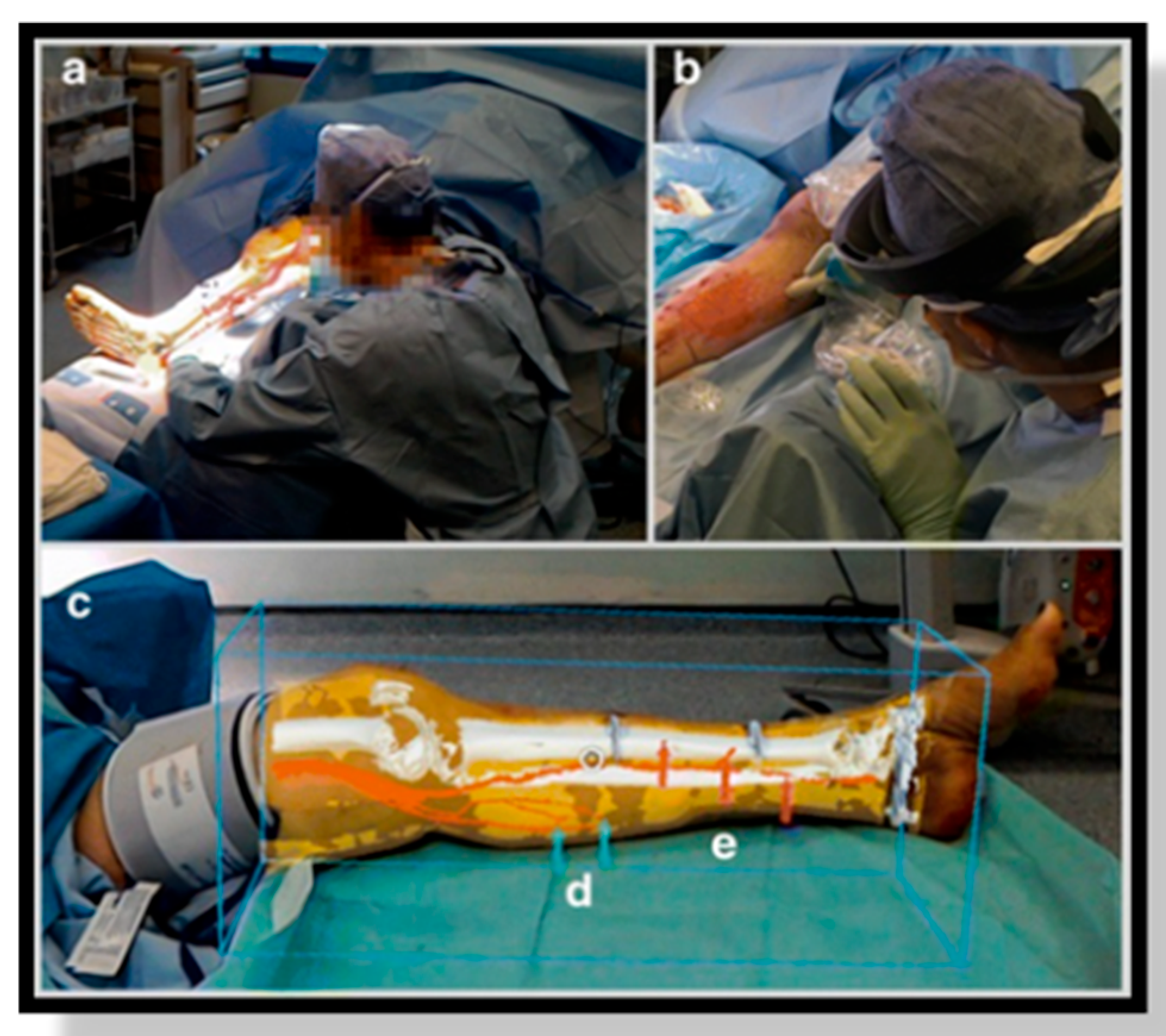
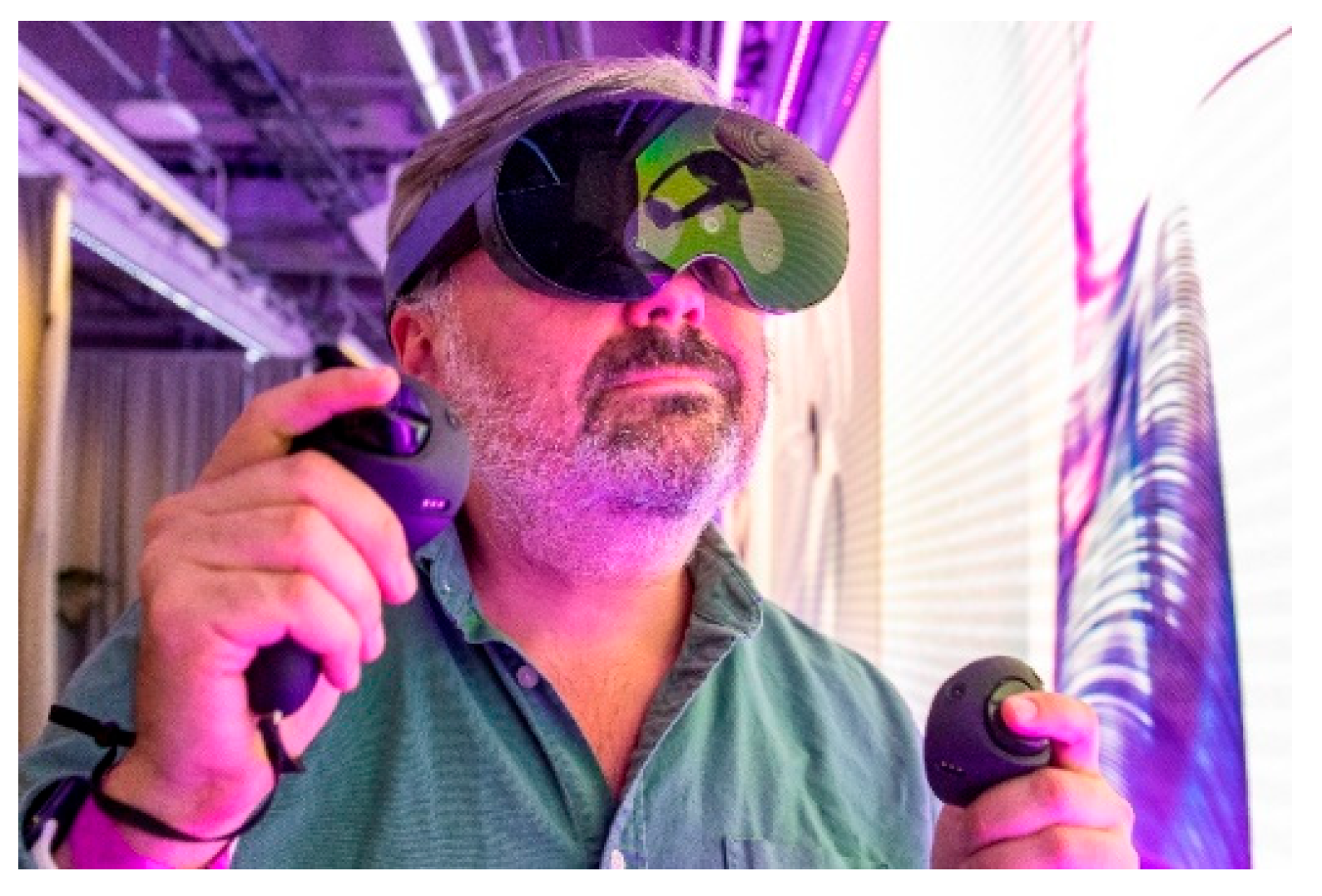

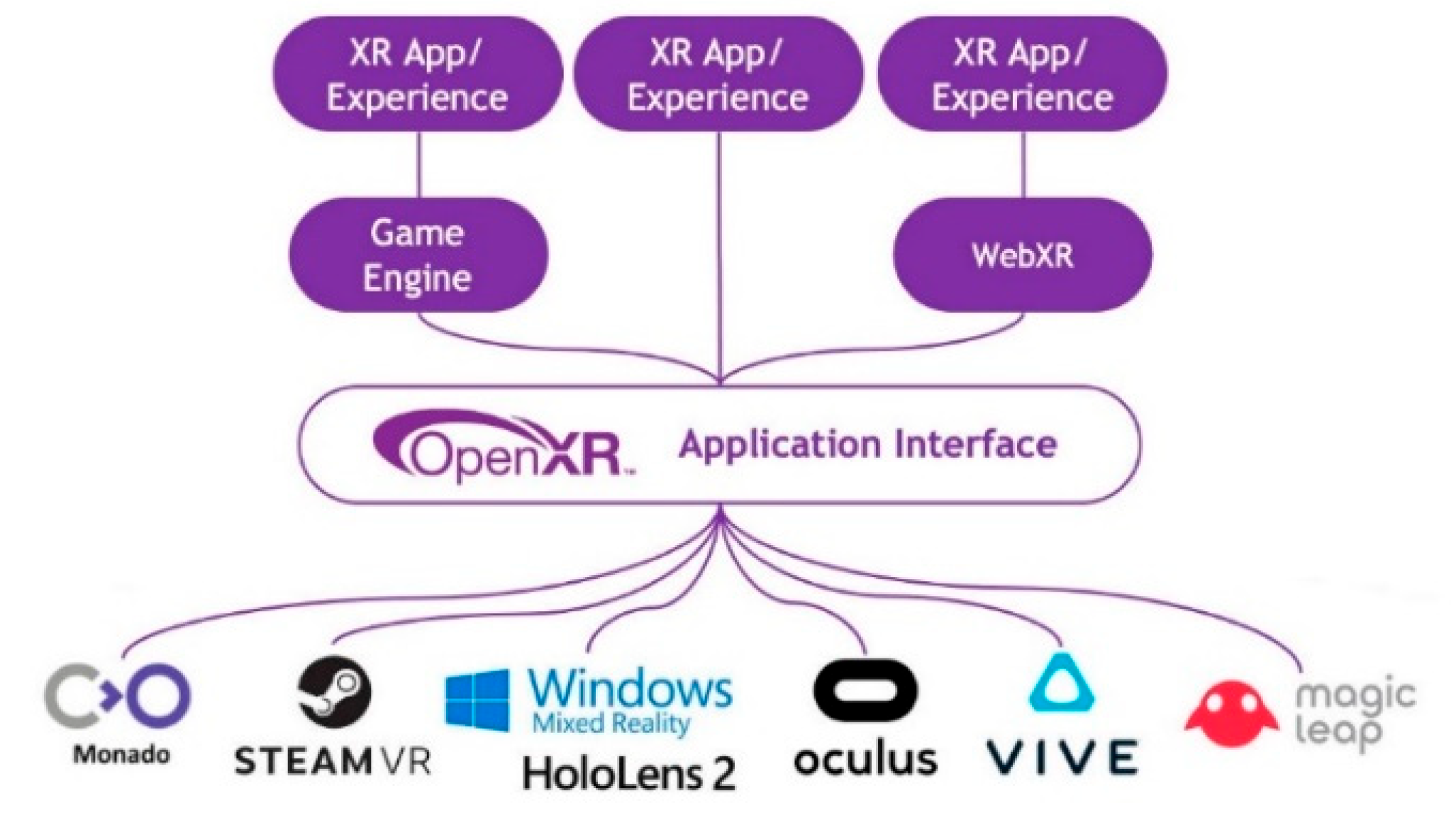
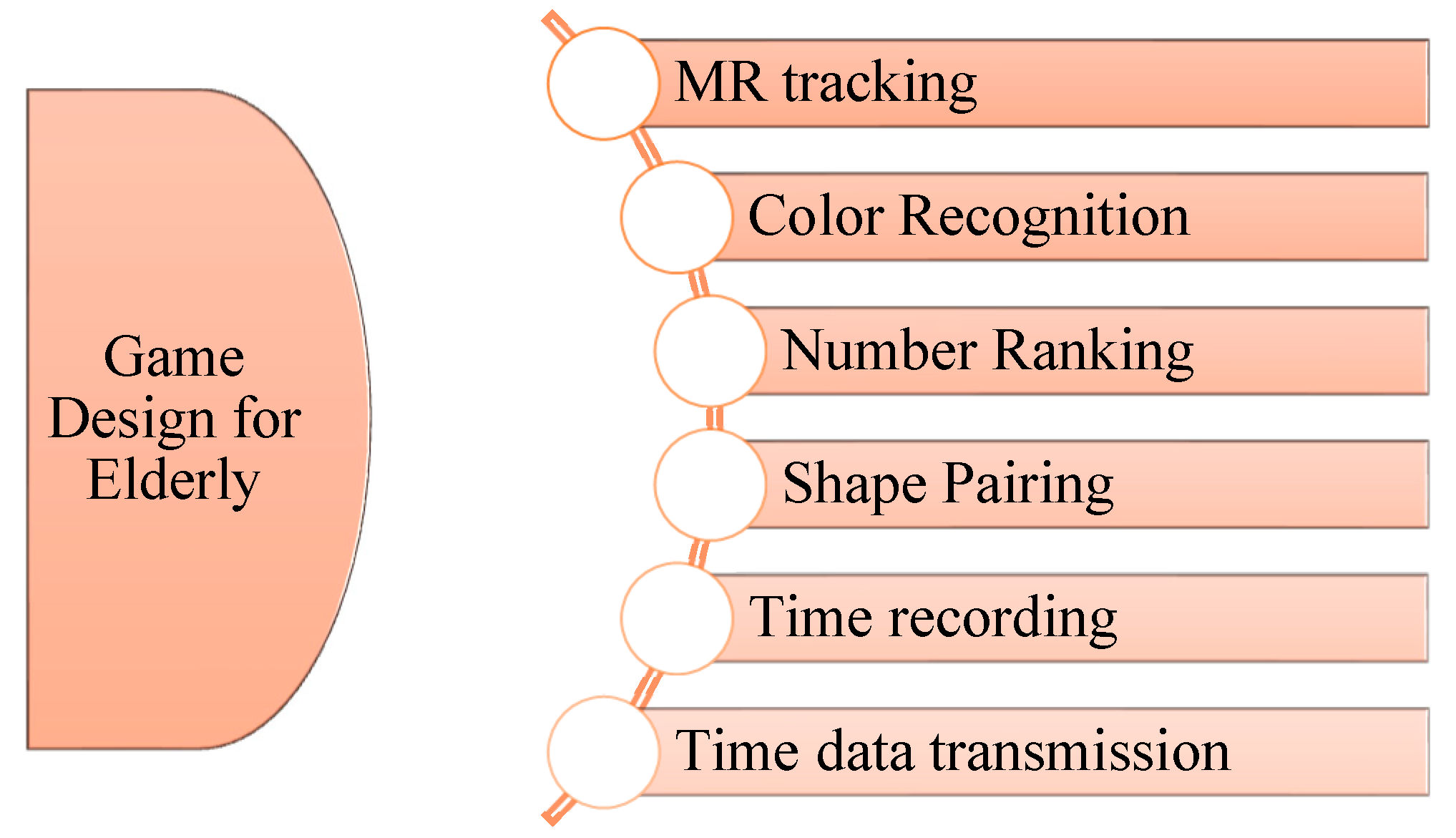
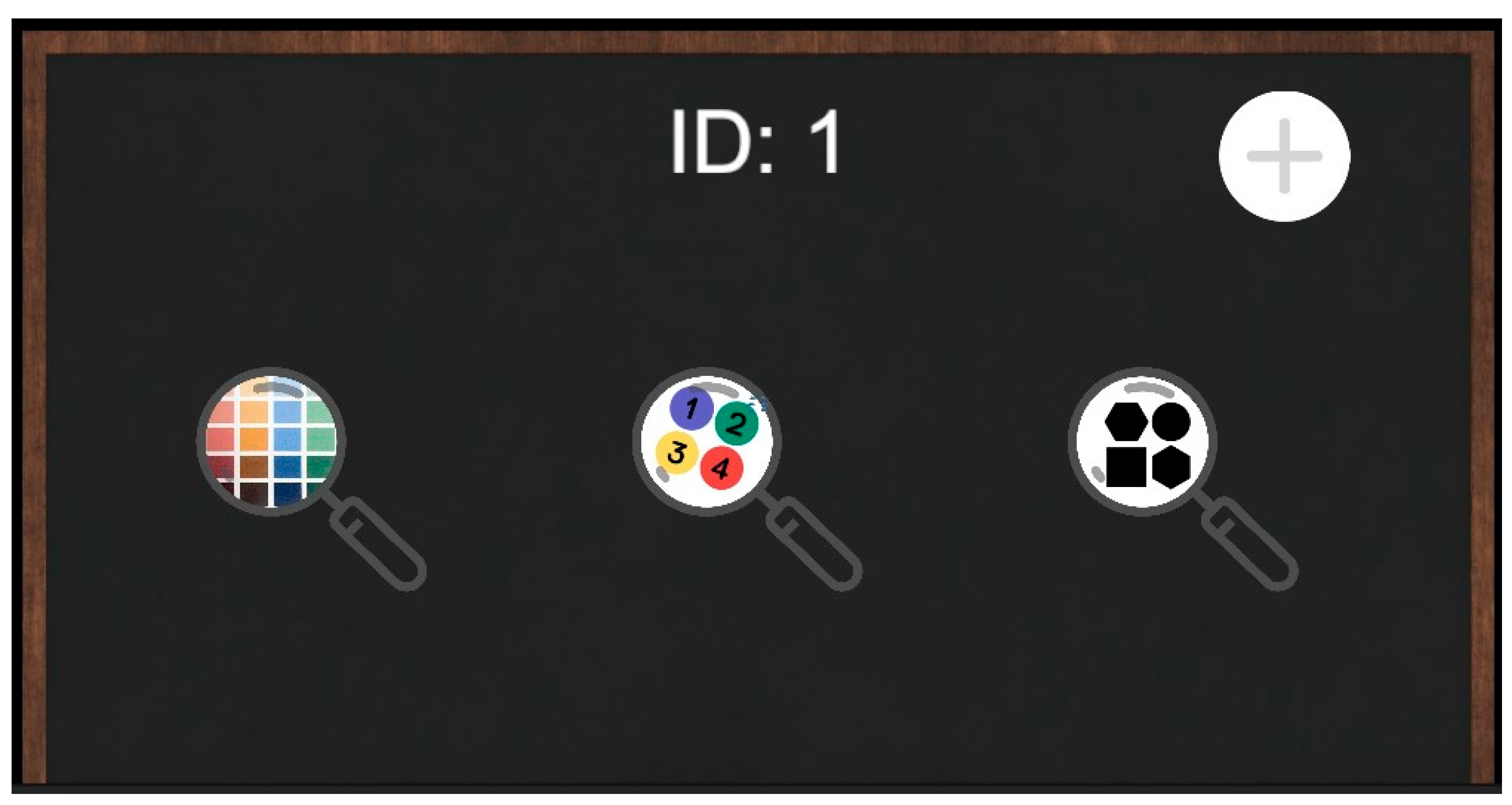
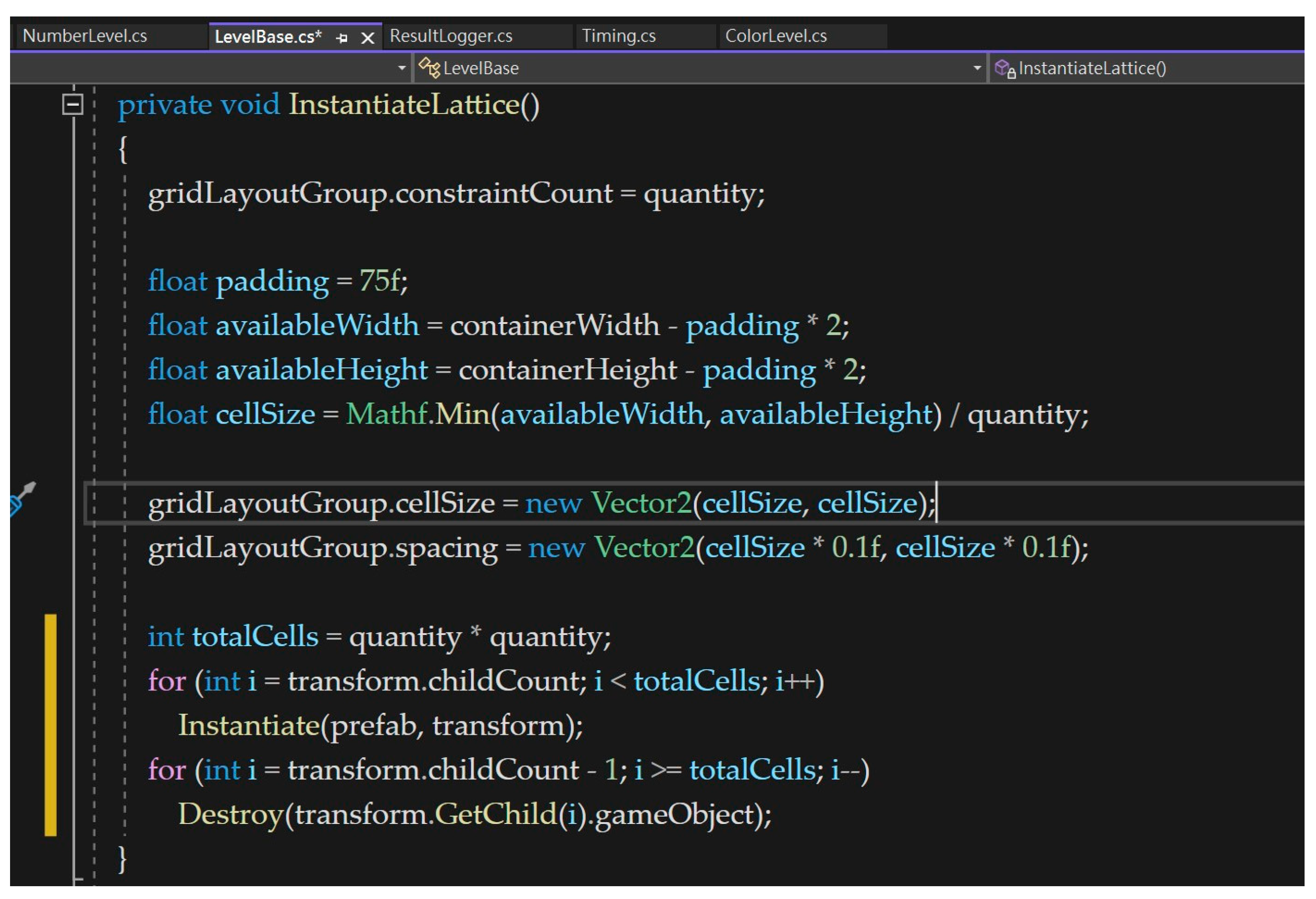
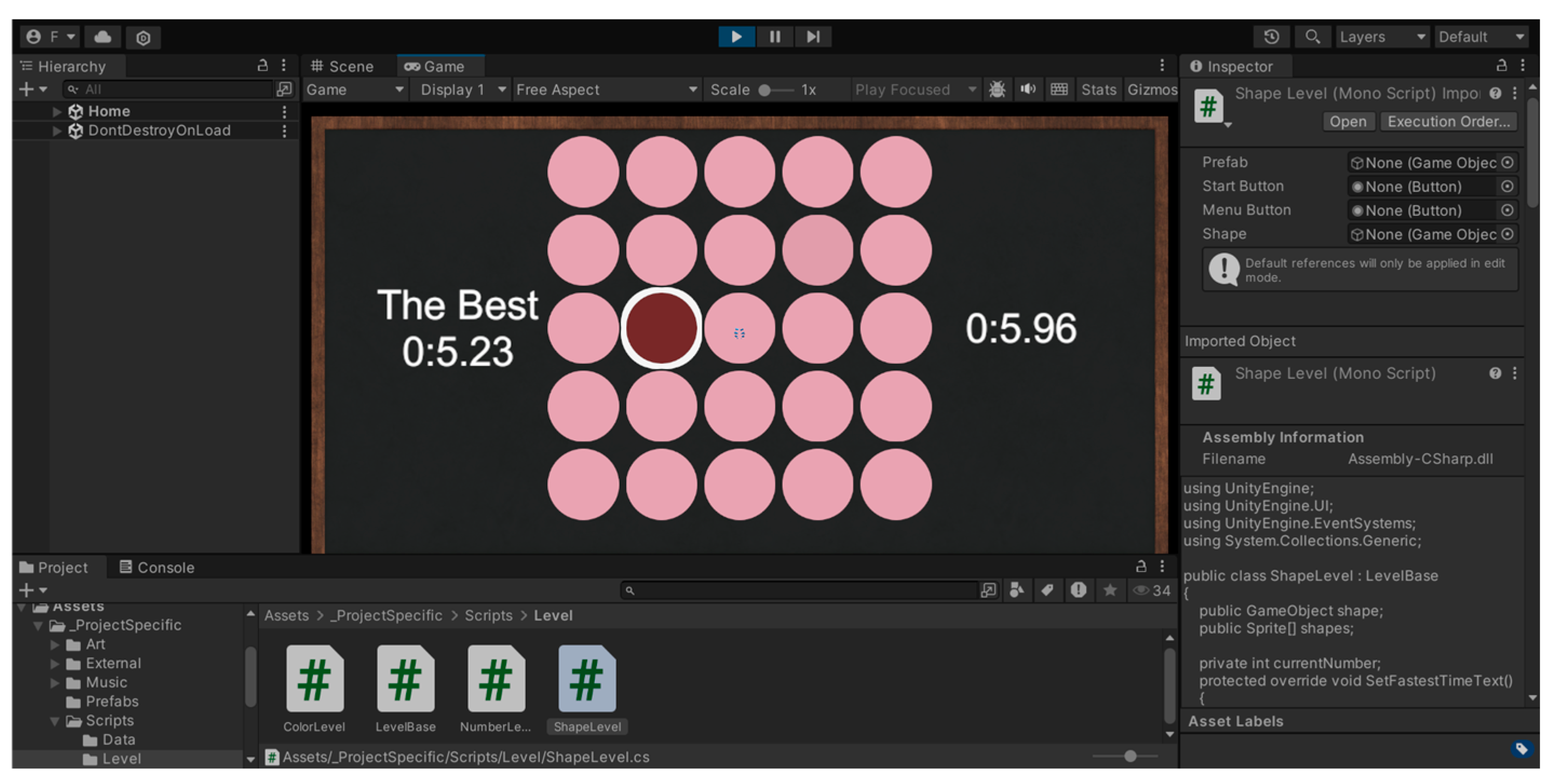
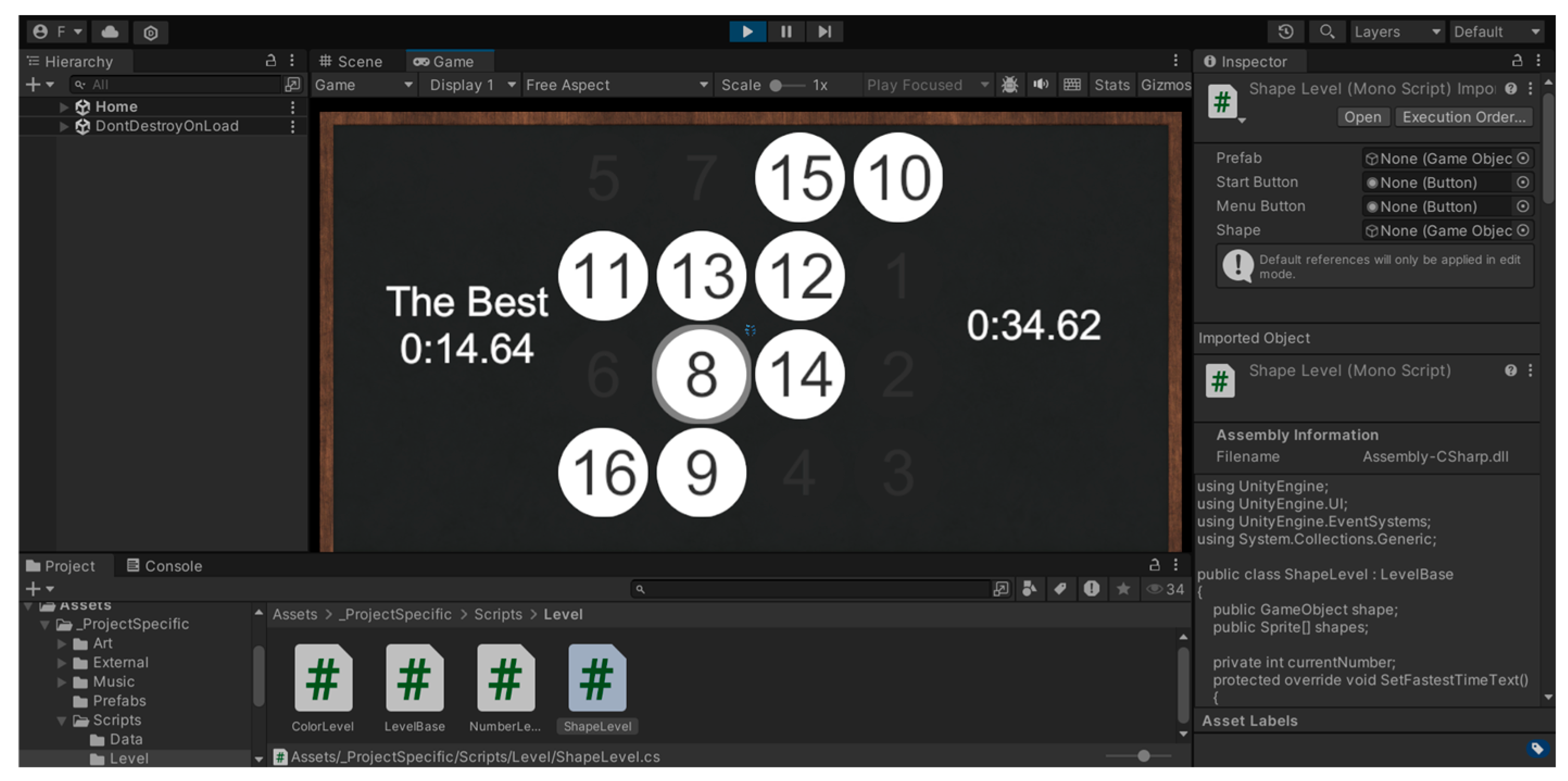
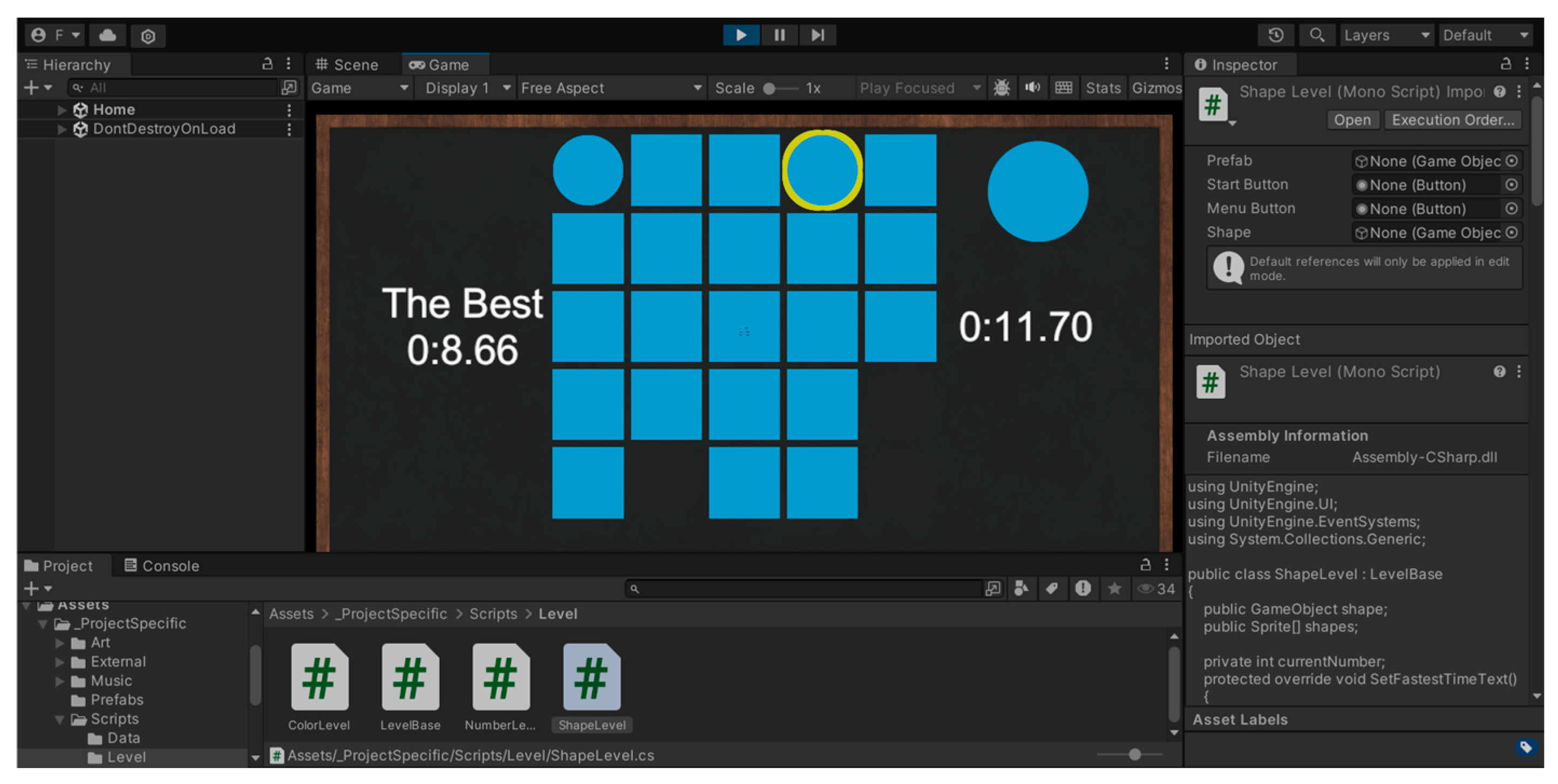
Disclaimer/Publisher’s Note: The statements, opinions and data contained in all publications are solely those of the individual author(s) and contributor(s) and not of MDPI and/or the editor(s). MDPI and/or the editor(s) disclaim responsibility for any injury to people or property resulting from any ideas, methods, instructions or products referred to in the content. |
© 2025 by the author. Licensee MDPI, Basel, Switzerland. This article is an open access article distributed under the terms and conditions of the Creative Commons Attribution (CC BY) license (https://creativecommons.org/licenses/by/4.0/).
Share and Cite
Tseng, J.-L. Development of Hand–Eye Coordination Analysis System Using Mixed-Reality Technology. Eng. Proc. 2025, 92, 97. https://doi.org/10.3390/engproc2025092097
Tseng J-L. Development of Hand–Eye Coordination Analysis System Using Mixed-Reality Technology. Engineering Proceedings. 2025; 92(1):97. https://doi.org/10.3390/engproc2025092097
Chicago/Turabian StyleTseng, Juin-Ling. 2025. "Development of Hand–Eye Coordination Analysis System Using Mixed-Reality Technology" Engineering Proceedings 92, no. 1: 97. https://doi.org/10.3390/engproc2025092097
APA StyleTseng, J.-L. (2025). Development of Hand–Eye Coordination Analysis System Using Mixed-Reality Technology. Engineering Proceedings, 92(1), 97. https://doi.org/10.3390/engproc2025092097







